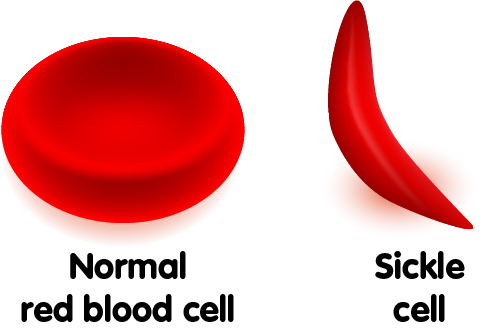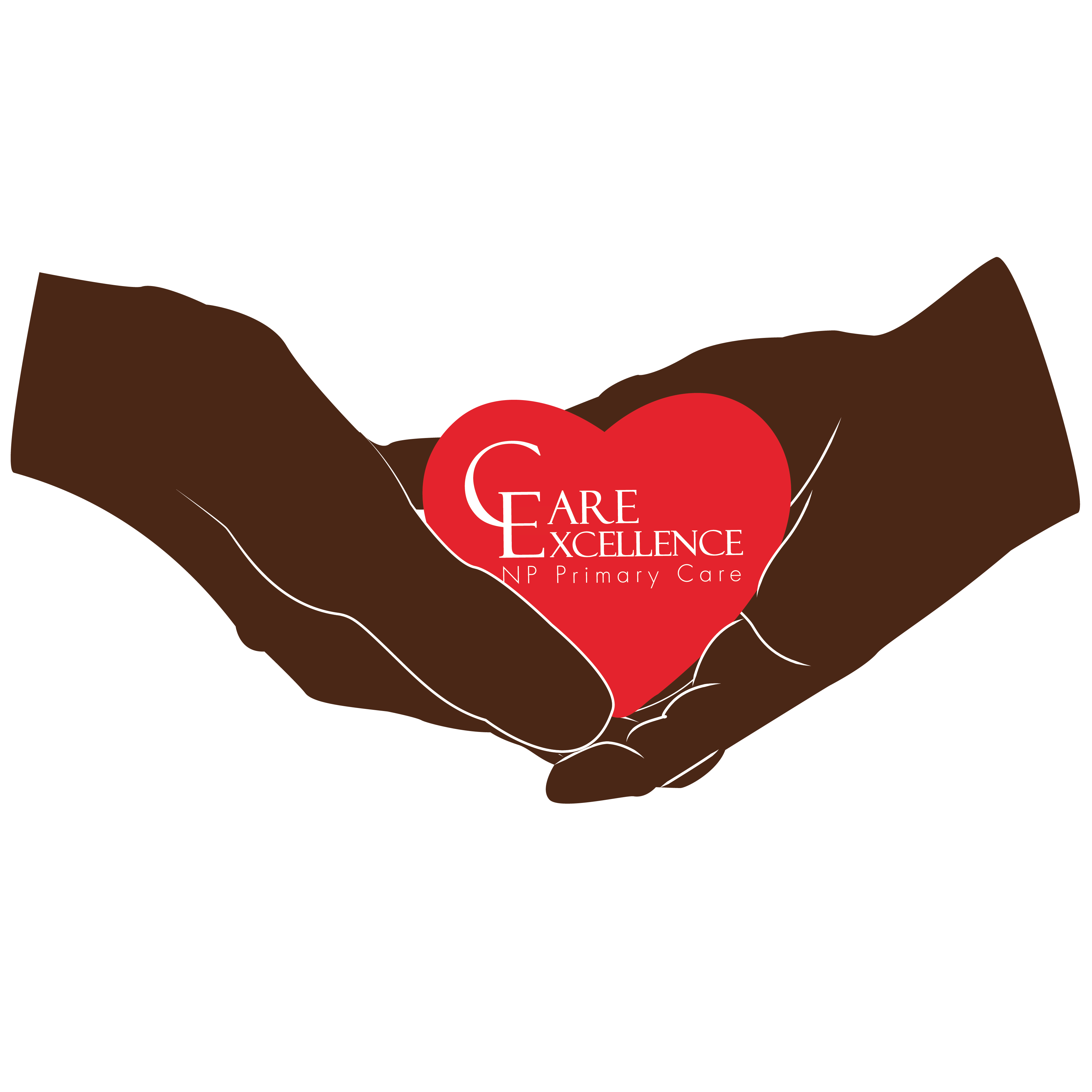SICKLE CELL DISEASE

What is sickle cell disease?
Sickle cell disease is a genetic condition that affects the body’s red blood cells. It occurs when a child receives two sickle cell genes—one from each parent. In someone living with this disease, the red blood cells become hard and sticky and look like a C-shaped farm tool called a “sickle”.
What types of health problems are connected to sickle cell disease?
When sickled red blood cells travel through small blood vessels, they get stuck and clog the blood flow. This can cause pain and other serious problems such as infection, acute chest syndrome and stroke. The pain experienced by people living with sickle cell disease can vary in intensity and last for a few hours to a few weeks.
Who is affected by sickle cell disease?
While the disease is most common among African Americans, other racial and ethnic groups are affected, including Latinos and people of Middle Eastern, Indian, Asian and Mediterranean backgrounds. Sub-Saharan Africa has the greatest burden of disease, with more than 300,000 babies born with the disease each year. However, the disease is common enough in the United States that there are about 100,000 people currently living with sickle cell disease but uncommon enough that medical professionals rarely see sickle cell disease patients.
How is sickle cell disease diagnosed and treated? Is there a cure?
Sickle cell disease is most often discovered at birth during routine newborn screening tests at the hospital.
There is no single best treatment for all people with sickle cell disease. Treatment options are different for each person depending on their symptoms. However, only about 1 in 4 patients with sickle cell disease receive the standard of care described in current guidelines, and many studies have shown that patients do not receive treatment for their pain as soon as, or in appropriate doses as, other patients.
Currently, the only cure for sickle cell disease is a bone marrow or stem cell transplant. However, these treatment options come with serious risks, require a close donor match (like a sibling) and are only used in severe cases.
Clinical trials related to a sickle cell disease cure that will work for all patients are being conducted as part of the National Institutes of Health’s Cure Sickle Cell Initiative. The goal of this initiative is to advance the development of new gene- and cell-based therapies for sickle cell disease within the next five to 10 years. See the NIH map of privately and publicly funded clinical studies around sickle cell disease in the U.S
